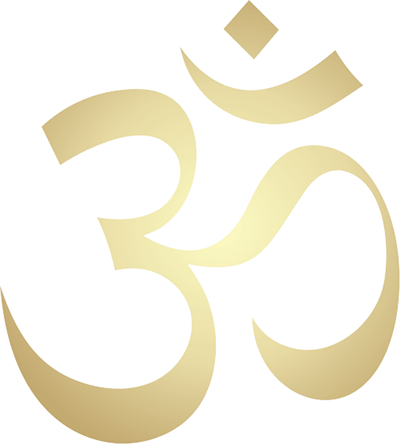



108 Names of Bharat Mata Video
108 Names of Bharat Mata
Gayatri Mantras Video
Bharat Mata Gayatri Mantras
Ekavimski Video
Bharat Mata Ekavimsati Song

Ashtottaram 23
23) OṀ GĪTĀMRUTA BHŨMYAINAMAH:
OṀ (AUM) - GEE - TA - AMRU - TA - BHOO- MYAI- NA--MA- HA
(Gītāmruta: means 'Ambrosia of Celestial song,' 'song of God')
The Bhagavadgīta, popularly known as the Gīta, is one of the outstanding religious classics of the world. Hindus, irrespective of their sects and denominations, cherish great reverence for this book. A ceremonial reading of the book or even a part thereoff is believed to confer great religious merit. The Hindu Vedāntic tradition has always regarded the prasthānatraya (the three foundational works) as its basis; and the Gita is one of them, the other two being the Upanishads and the Brahmasūtrās. That is why Śankarāchārya and other ancient teachers have chosen to write commentaries on it. Gīta consists of 700 ślokas or verses spread over 18 chapters.
The book itself, comprising eighteen chapters, forms an integral part of a much bigger work, the great epic Mahābhārata (in Bhīshmaparva, chapters 25 to 42). It is a poetical work in the form of a dialogue between Sri Krishna and Arjuna, on the battle field of Kurukshetra and the war must have taken place during 3139 B.C.E. The setting of the battlefield contributes a dramatic element to the book and relates religion to the realities of life. Krishna Dvaipāyana, better known as Vedavyāsa, is reputed to be its author.
The greatness and the popularity of the Gīta can be attributed to several factors. It is part and parcel of the epic Mahābhārata which itself has been highly venerated as the fifth Veda (Panchama Veda). The teacher of the Gīta is Sri Krishna, who is regarded by the Hindus as an avatāra or incarnation of God Himself. An ideal friend, a great statesman, an invincible warrior, a wise preceptor and a yogi par excellence he harmonizes in His life the various conflicting activities of life. It is precisely this makes Him the fittest person to preach such a religio-spiritual classic. Arjuna, the recipient of the teaching, though himself a great warrior, is a typical representative of humans, easily liable to be upset or confused during periods of crisis. Hence, his predicament, very much represents ours, in a similar situation. The questions, doubts and misgivings he raises and the solutions that Sri Krishna offers are not only relevant but also valid even today to every human being irrespective of race, religion and creed.
The teachings of Sri Krishna cover all fields of spirituality including devotion, meditation, contemplation; law of action and result, and liberation from the cycle of birth and death (Samsāra) through Self-knowledge. He also teaches the nature of the individual soul; the goal of human life and the means of achieving it. Sri Krishna explains that what really binds one is not work itself, but the selfish desire for its fruits. Though taught on the battlefield of Kurukshetra, urging Arjuna to fight, it has nothing to do with wars or battles or bloodshed, but only with the discharging of one's sacred duties of life, however unpleasant they may be. If the Mahābhārata can claim to be an encyclopedia of Hindu religion and culture, the Bhagavadgīta can as well claim to be its quintessence.
The land on which Lord Sri Krishna taught the nectar of Self-knowledge is the 'Gītamrutabhūmi'.


Gayatri Mantras
Click on Link below to go to Youtube Videos
To download MP3 Audio right click and "save lnk as"
Home
About the Author
108 Names of Bharatamata
Gayatri Mantras
Ekavimsati Song
Speaking/Media Contact
Sri Bharatamata
Home
About the Author
108 Names of Bharatamata
Gayatri Mantras
Ekavimsati Song
Speaking/Media Contact